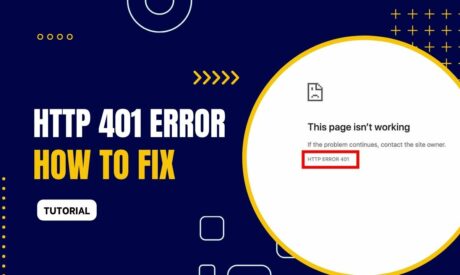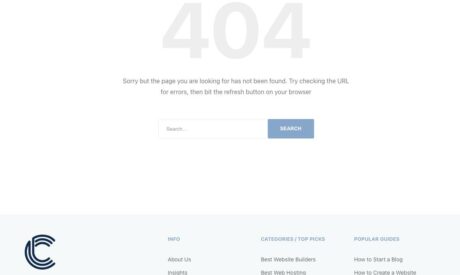What is HTTP 405?
HTTP 405 is a status code that conveys “Method Not Allowed.” When encountered, it signifies that the server recognizes the request method but has been configured to disallow it for the targeted resource.
Put, while the server understands what the client wants to do, that specific action is not permitted for the requested URL.

Common Causes
Several factors can lead to an HTTP 405 error:
- Incorrect HTTP Method: Using a POST request on a resource that only permits GET requests, for instance.
- Server Configuration: The server might be configured to deny specific methods for security or other reasons.
- Web Application Constraints: The web application itself might have certain constraints on what methods can be used.
- Content Management Systems (CMS): Some CMS platforms might disallow specific methods on particular resources.
Diagnose
Identifying the root cause of a 405 error entails a systematic approach:
- Check Request Method: Confirm the method used (GET, POST, PUT, DELETE, etc.) and if it's appropriate for the resource.
- Review Server Configuration: Look into server settings to see if specific methods have been disabled.
- Inspect Application Logs: Logs might provide insights into why the method was not allowed.
- Use Development Tools: Browsers’ built-in development tools can help diagnose the error by analyzing request headers and server responses.
How to Prevent
To minimize the chances of encountering a 405 error:
- Standardize Endpoints: Ensure that endpoints in your application consistently accept the same methods.
- Regular Server Audits: Periodically review and update server configurations to match application requirements.
- Document Allowed Methods: For API or web services, clearly document the methods allowed on which endpoints.
How to Fix it
Addressing a 405 error involves:
1. Alter Request Method:
Example: Imagine you're trying to access an API endpoint that's meant to retrieve user data. You might mistakenly use the POST method, which is typically for sending or updating data, instead of the GET method, which is for fetching data.
Incorrect:
POST /api/users/12345
Corrected:
GET /api/users/12345
2. Update Server Configuration:
Example: If you're using an Apache server and you want to enable the PUT method for a particular directory, you might need to modify the .htaccess file or the server configuration file:
<Directory "/var/www/html/target-directory"> AllowMethods GET POST PUT </Directory>
3. Adjust Application Constraints:
Example: Consider a RESTful web service implemented in Flask (a Python web framework). If an endpoint is set to only allow the GET method, you'd need to adjust it to accept other methods if needed.
Before:
@app.route('/data', methods=['GET']) def retrieve_data(): return jsonify({"data": "sample data"})
After (Allowing POST as well):
@app.route('/data', methods=['GET', 'POST']) def retrieve_data(): if request.method == 'POST': # Handle the POST request pass return jsonify({"data": "sample data"})
4. Implement Clear Error Messages:
Example: If a developer tries to use an unsupported method on an API endpoint, it's helpful to return a clear error message to guide them.
Response when an invalid method is used:
{ "error": "Method Not Allowed", "message": "The POST method is not supported for this endpoint. Please use the GET method." }
To contextualize the 405 error, consider these associated HTTP status codes:
- HTTP 400 (Bad Request): A generic error when the server cannot or will not process the request.
- HTTP 401 (Unauthorized): The client must authenticate itself to get the requested response.
- HTTP 402 (Payment Required): How to fix the Payment required issue
- HTTP 403 (Forbidden): The client's request is understood by the server, but it refuses to fulfill it
- HTTP 404 (Not Found): The server could not find the requested resource.
In conclusion, while the HTTP 405 “Method Not Allowed” status code might seem daunting, it serves as an essential mechanism in refining web interactions. By fostering an understanding of its triggers and resolutions, web developers and administrators can optimize server-client communications, leading to smoother digital journeys.
Ludjon, who co-founded Codeless, possesses a deep passion for technology and the web. With over a decade of experience in constructing websites and developing widely-used WordPress themes, Ludjon has established himself as an accomplished expert in the field.









Comments